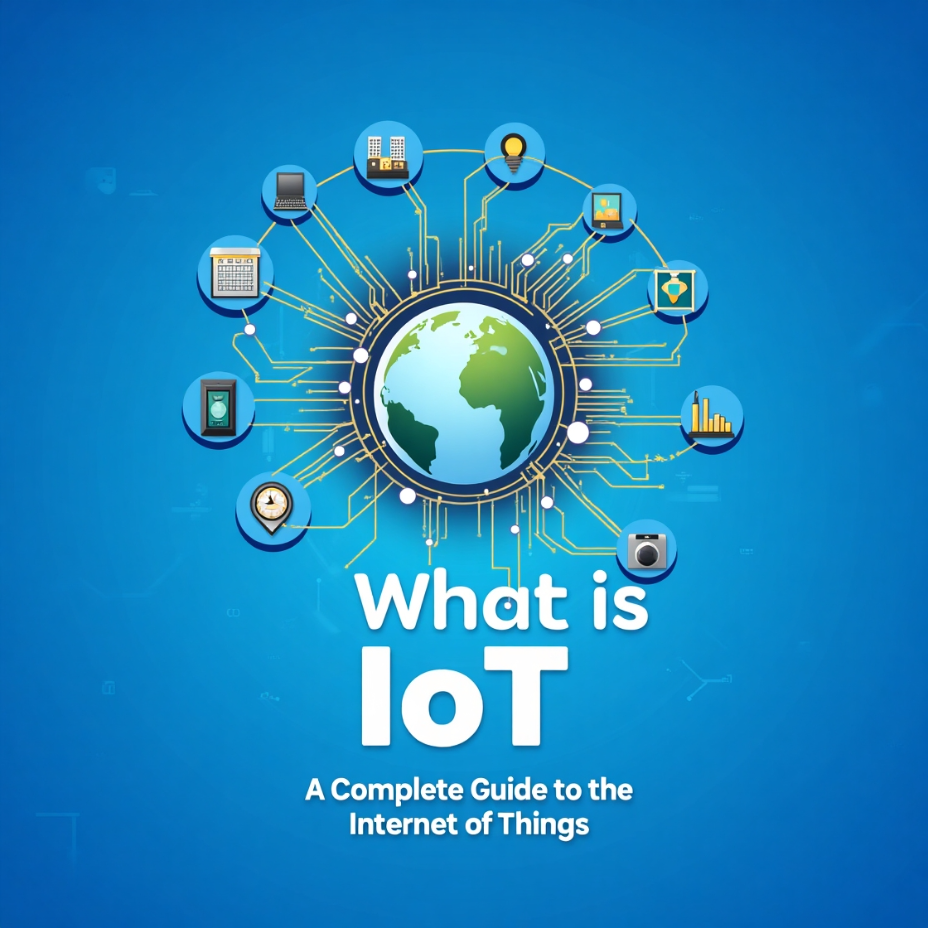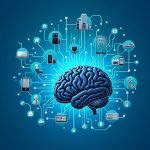What is IoT? A Complete Guide to the Internet of Things
Introduction to IoT
In today’s digital world, technology is evolving rapidly, making our lives more connected and efficient. One such revolutionary technology is the Internet of Things (IoT). But what exactly is IoT? In this blog, we will explore the IoT definition, its working mechanism, applications, and its impact on various industries. This comprehensive guide is brought to you by Simpli Education, your trusted source for technical knowledge.
IoT Definition
The Internet of Things (IoT) refers to a network of physical devices, vehicles, appliances, and other objects embedded with sensors, software, and network connectivity, enabling them to collect and exchange data over the internet. These connected devices interact with each other and automate processes, improving efficiency and decision-making across industries.
How IoT Works?
The working of IoT involves multiple components that function together to ensure seamless communication between devices. Here’s a step-by-step breakdown:
- Sensors and Devices: IoT devices have built-in sensors that collect real-time data. These sensors measure variables like temperature, humidity, motion, light, and more.
- Connectivity: The collected data is transmitted through various communication protocols such as Wi-Fi, Bluetooth, Zigbee, or cellular networks.
- Cloud Computing: The transmitted data is stored and processed in cloud-based servers, making it accessible from anywhere.
- Data Processing: Advanced analytics and AI-driven algorithms process the data to generate insights and automated responses.
- User Interface: The processed data is presented to the user via dashboards, mobile applications, or automated alerts, allowing users to take necessary actions.
IoT Description and Applications
IoT has revolutionized several industries by automating tasks and improving efficiency. Here are some key applications of IoT:
1. Smart Homes
- IoT-enabled smart home devices such as smart thermostats, lighting systems, and security cameras allow users to control their home environment remotely.
2. Healthcare
- Wearable devices like smartwatches and fitness trackers monitor vital health parameters, providing real-time data to doctors and patients.
3. Industrial IoT (IIoT)
- Factories use IoT sensors for predictive maintenance, real-time monitoring, and automation, enhancing productivity and safety.
4. Agriculture
- Smart irrigation systems and soil sensors help farmers optimize water usage and increase crop yield.
5. Smart Cities
- IoT powers smart traffic systems, waste management, and pollution monitoring, making urban living more sustainable.
Benefits of IoT
The Internet of Things (IoT) offers numerous advantages across various sectors:
- Automation and Control: IoT reduces human intervention by automating tasks.
- Enhanced Efficiency: Businesses and industries improve productivity by monitoring assets in real-time.
- Cost Savings: Predictive maintenance reduces downtime and repair costs.
- Better Decision Making: Data analytics provide insights that drive informed decisions.
- Improved Quality of Life: Smart devices simplify daily tasks, enhancing convenience and security.
Challenges of IoT
Despite its vast potential, IoT comes with certain challenges:
- Security Risks: Connected devices are vulnerable to cyber threats and hacking.
- Data Privacy: Collecting and storing personal data raises concerns about privacy breaches.
- Interoperability: Devices from different manufacturers may have compatibility issues.
- High Implementation Costs: Setting up IoT infrastructure requires significant investment.
Future of IoT
The future of IoT looks promising, with advancements in AI, 5G connectivity, and edge computing. Businesses and governments worldwide are investing in IoT solutions to enhance automation, security, and sustainability. As technology evolves, Simpli Education aims to keep you updated on the latest trends and innovations in IoT.
Conclusion
The Internet of Things (IoT) is transforming industries by connecting devices and automating processes. From smart homes to industrial automation, IoT is reshaping how we interact with technology. Understanding what is IoT, how IoT works, and its applications can help individuals and businesses leverage this technology for better efficiency and decision-making. Stay tuned with Simpli Education for more insights into emerging technologies!



